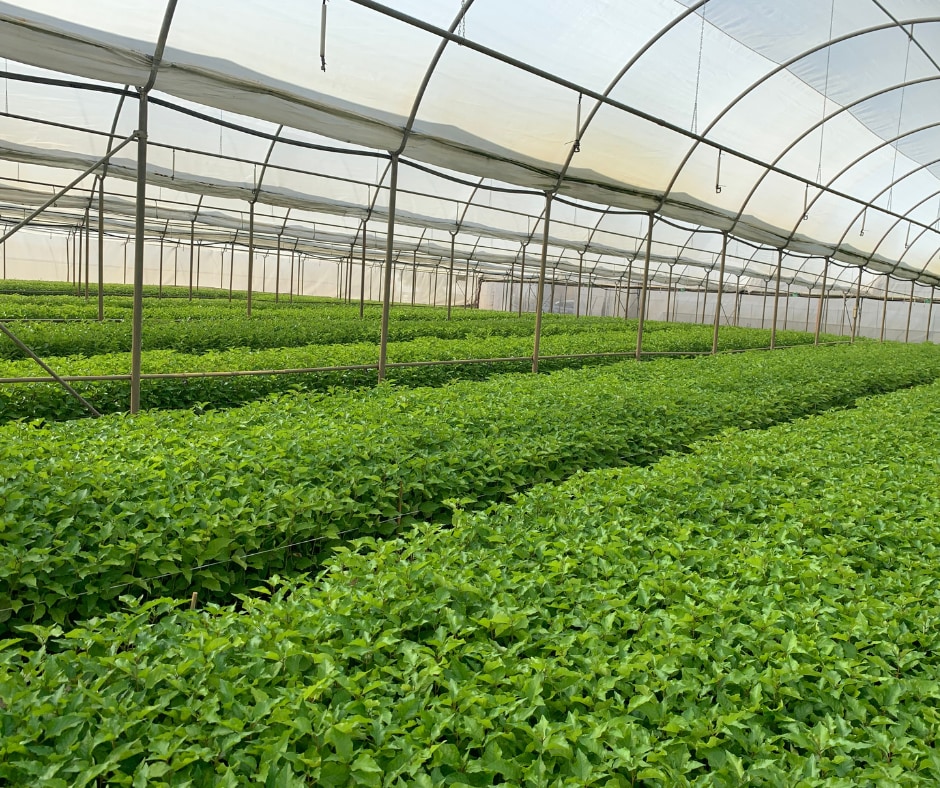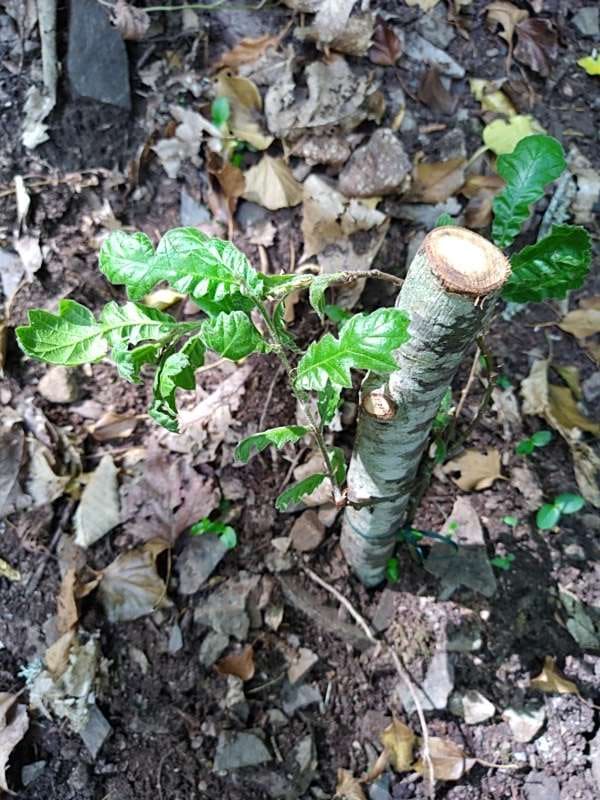ID: 8WP-E6WL
ID: 8WP-E6WL
Turkey oak
Quercus cerris
Photo
Italy
14:07 - 26°C
My connections
The project I am part of

Italy
2,200
Involved farmers
51,861
Planted trees
Italy is commonly described as a peninsula stretching in the Mediterranean Sea. Actually, in addition to the peninsula area, Italy includes a continental area as well as several islands: although it is a small country, Italy has an extremely varied landscape. The territory is mainly hilly, with mountains occupying more than 35% of the territory. Treedom works with various partners encouraging organic farming. The results of this projects include the creation of a sustainable production and trading chain that has a positive impact on society and on those same seized assets, which have become free croplands and are used to create high quality products using eco-friendly methods.
My ID card
Who am I?
Tree
Turkey oak
Date of birth
04/07/2023
Name
Turkey oak

/10.98621747,43.172392,0/500x333@2x?access_token=pk.eyJ1IjoidG9tbWFzb3NwZXJvbmkiLCJhIjoiY2tnOTE3eW12MDJqazMybXNzOWV1YjloOSJ9.wtGsuDU7XIKjcv2cq8CiXw&logo=false&attribution=false)
Where am I located?
Country
Italy
Place of birth
Montieri
Coordinates
43° 10′ 20.61″ N | 10° 59′ 10.38″ E
My Timeline
The important moments in your tree's life.
Seed
It all starts with a tiny seed, nice and warm in the soil.
Nursery
Your seedling is big enough to be welcomed into one of our nurseries, along with many others.
Planted
We’re here! Your tree has reached its new home: it’s been planted by a smallholder, who’ll take care of it for years to come.
Photo
Strike a pose! Now that it’s big enough, here’s a photo of your tree!
My Gallery
Nursery

Planted
/10.98621747,43.172392,0/500x333@2x?access_token=pk.eyJ1IjoidG9tbWFzb3NwZXJvbmkiLCJhIjoiY2tnOTE3eW12MDJqazMybXNzOWV1YjloOSJ9.wtGsuDU7XIKjcv2cq8CiXw&logo=false&attribution=false)
10° 59′ 10.38″ E
Photo

Curiosity about me
The important moments in your tree's life.
Let's start with introductions
From Turkey, through the Carpathians and the Balkans, all the way to Italy (although it’s not found in Sardinia). These are the areas in which the Turkey oak is widespread. It’s a tree that can grow to more than 30 metres in height, and which prefers hilly or sub-mountainous areas. Its fruits are acorns, usually in groups of 2 to 4, on a short stalk.
Meaning
Likability
There’s a way of telling the Turkey oak apart from other oaks: its acorns. Turkey oak acorns are held in cups that look like messy hair, giving them a peculiar and endearing appearance.

How much CO2 I’ll absorb
My estimated CO2 absorption capacity is based on the first 10 years of my life*
Current absorption
- 30 kg
2023
0 kg
2033
-150 kg
* The tree will continue to absorb CO2 even after the tenth year. Therefore this is a prudent estimate.
How I am useful to local communities

Soil
It improves the quality of the soil thanks to the nitrogen fixation process or it reduces soil erosion, thanks to its extended root system.

Biodiversity
It helps restocking various animal species, thus helping the variety of fauna and flora overall.
My benefits
20%
Food Security
The trees will bear fruits, some that will be edible immediately and others that can become edible through processing, ensuring food resources over time.
20%
Economic development
The trees' fruits and the products derived from their transformation can be traded in local networks, offering income opportunities.
50%
CO₂ Absorption
During its life cycle, each tree will absorb CO₂. The trees you plant can offset your emissions.
70%
Environmental protection
The trees are planted in agroforestry systems that favor the virtuous interaction between the different species and their positive impact on the environment and on the land.